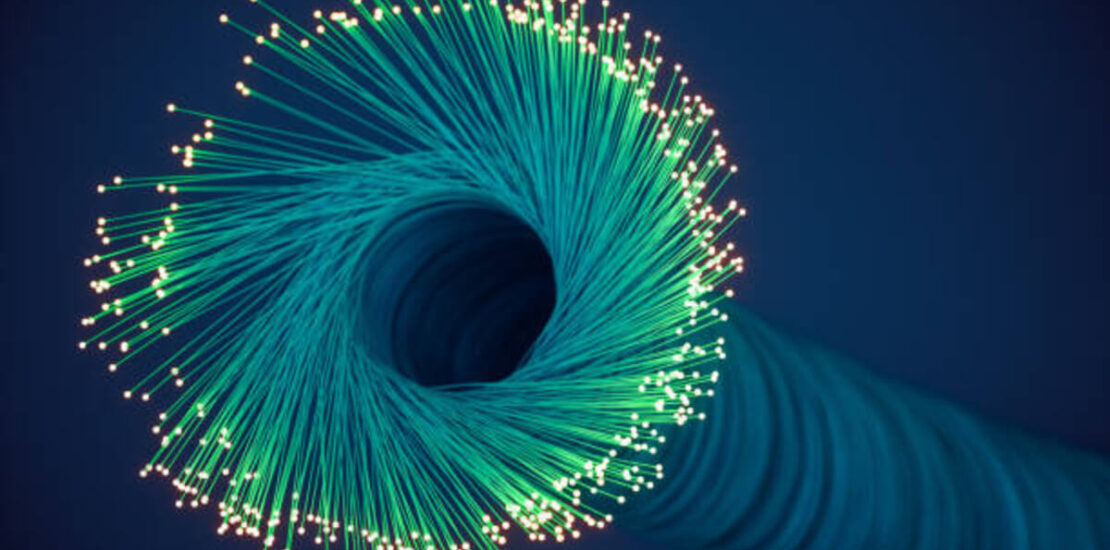- March 24, 2023
- Posted by: Badrostechiesbest
- Category: Technology Articles

Fiber optics is a technology that has revolutionized the way we communicate, transmit data, and conduct business. This technology uses thin, flexible, and transparent fibers of glass or plastic that transmit data signals using light waves.
Unlike traditional copper wire communication, fiber optics can transmit data over long distances with minimal loss of signal strength, making it ideal for applications such as telecommunications, internet connectivity, and cable television.
Also, check out Softwares For UI UX Design.
Advantages of Fibre Optics
One of the key advantages of fiber optics is its speed. Fiber optic cables can transmit data at speeds of up to 100 Gbps, making them hundreds of times faster than traditional copper cables.
This speed is essential for applications such as video streaming, online gaming, and other bandwidth-intensive activities.
Another advantage of fiber optics is its reliability. Because fiber optic cables are made of glass or plastic, they are not susceptible to electromagnetic interference or radio frequency interference, which can cause problems with traditional copper cables.
This means that fiber optics can deliver consistent and reliable performance, even in harsh environments.
Fiber optics is also more secure than traditional copper wire communication. Because fiber optic cables transmit data using light waves, it is very difficult to intercept or tap into the signal without physically accessing the cable.
This makes fiber optics ideal for applications that require high levels of security, such as military communications, financial transactions, and healthcare data.
Also, check out Artificial Intelligence.
Limitations of Fibre Optics
Despite these advantages, fiber optics does have some limitations. For example, fiber optic cables are more expensive to install than traditional copper cables, and they require specialized equipment to splice and terminate the cables.
Additionally, fiber optic cables are more fragile than traditional copper cables, and they can be damaged by bending or twisting.
Conclusion
In conclusion, fiber optics is a technology that has revolutionized the way we communicate and transmit data.
With its high speed, reliability, and security, fiber optics are ideal for applications such as telecommunications, internet connectivity, and cable television.
While fiber optics does have some limitations, the advantages of this technology far outweigh the disadvantages. As technology continues to advance, we can expect to see fiber optics play an even more prominent role in our daily lives.
Before you go, check out Deadly Sins of SEO.
